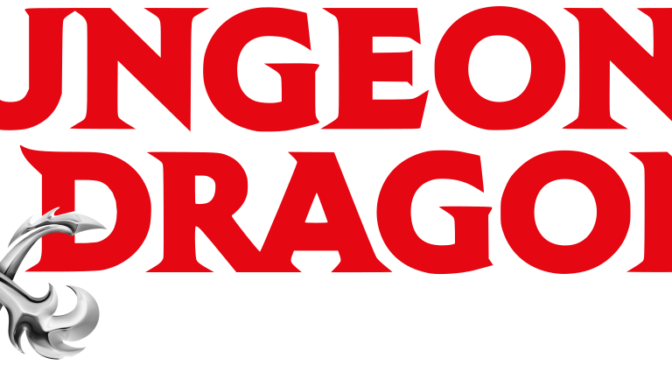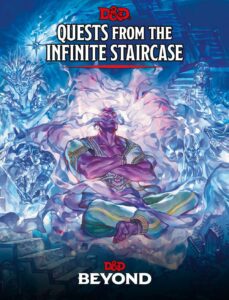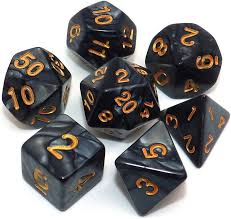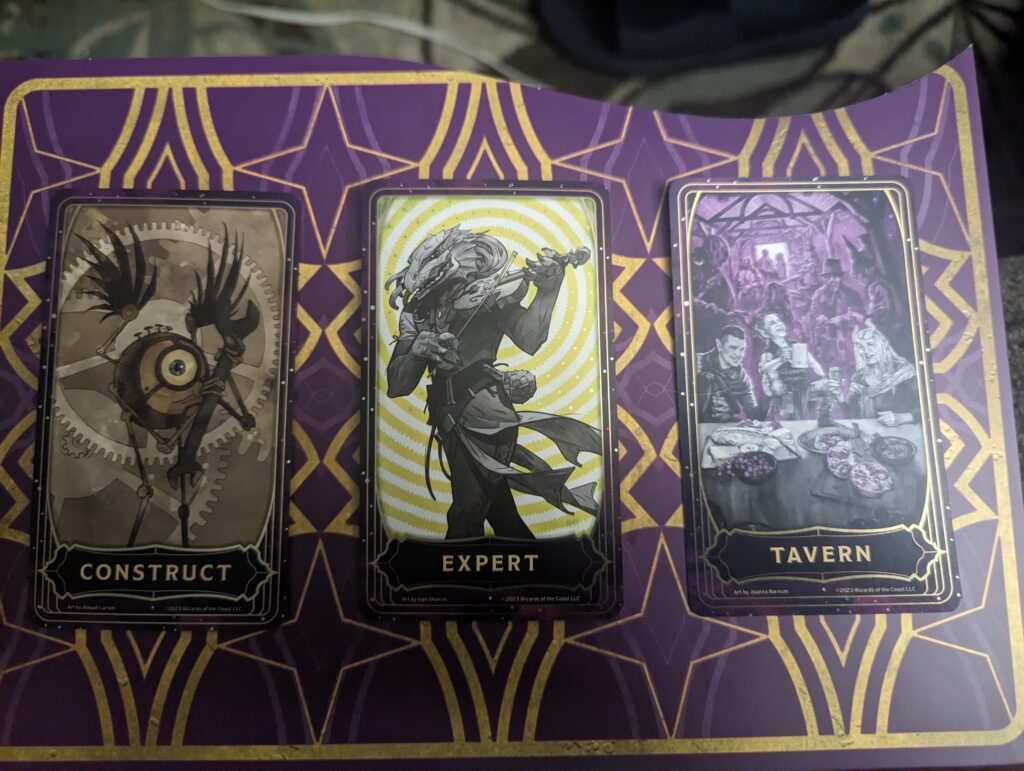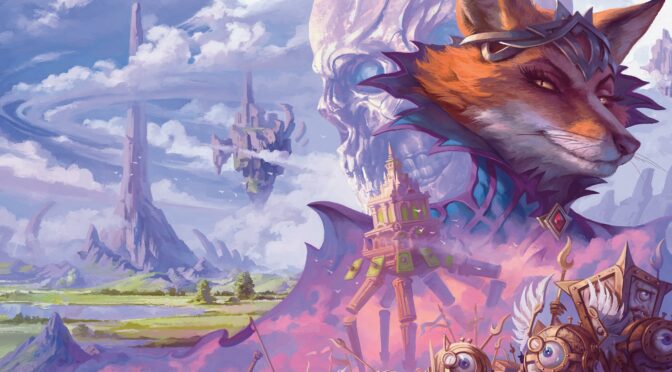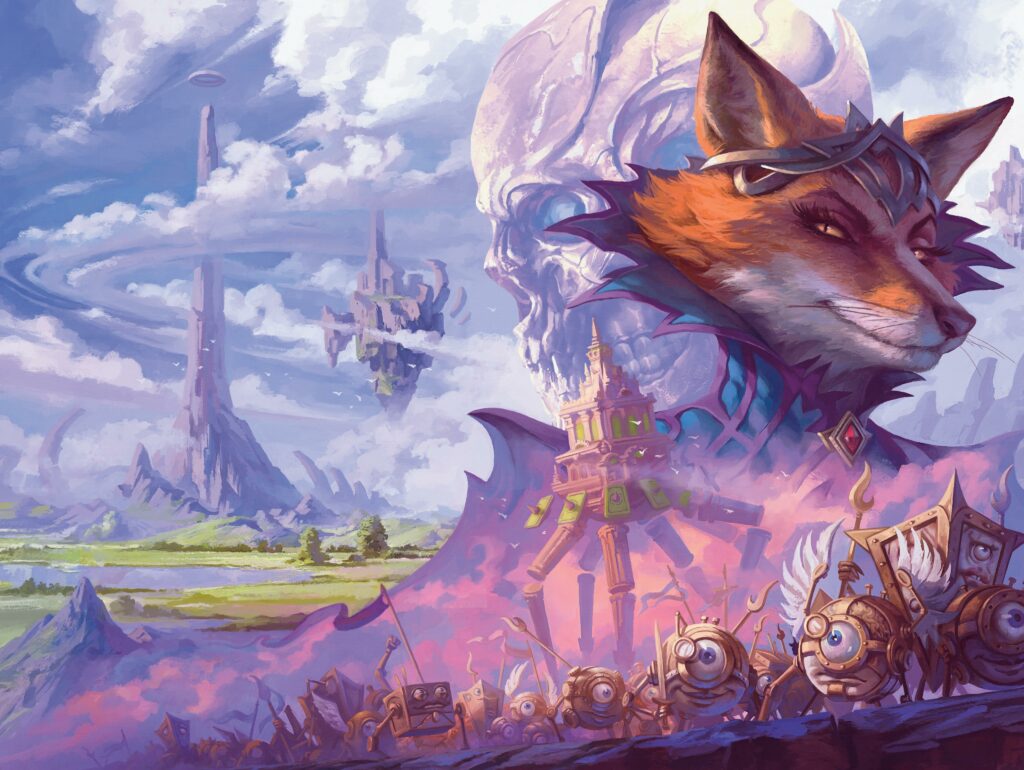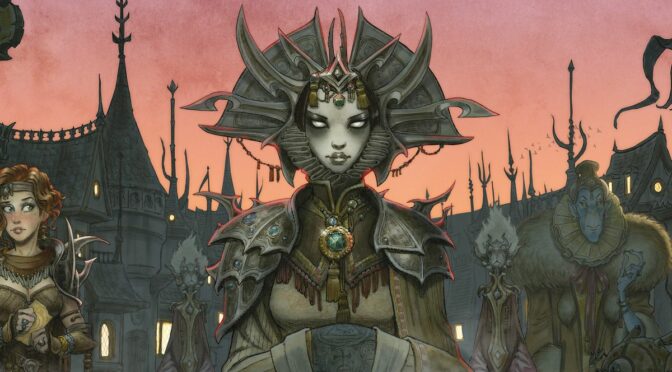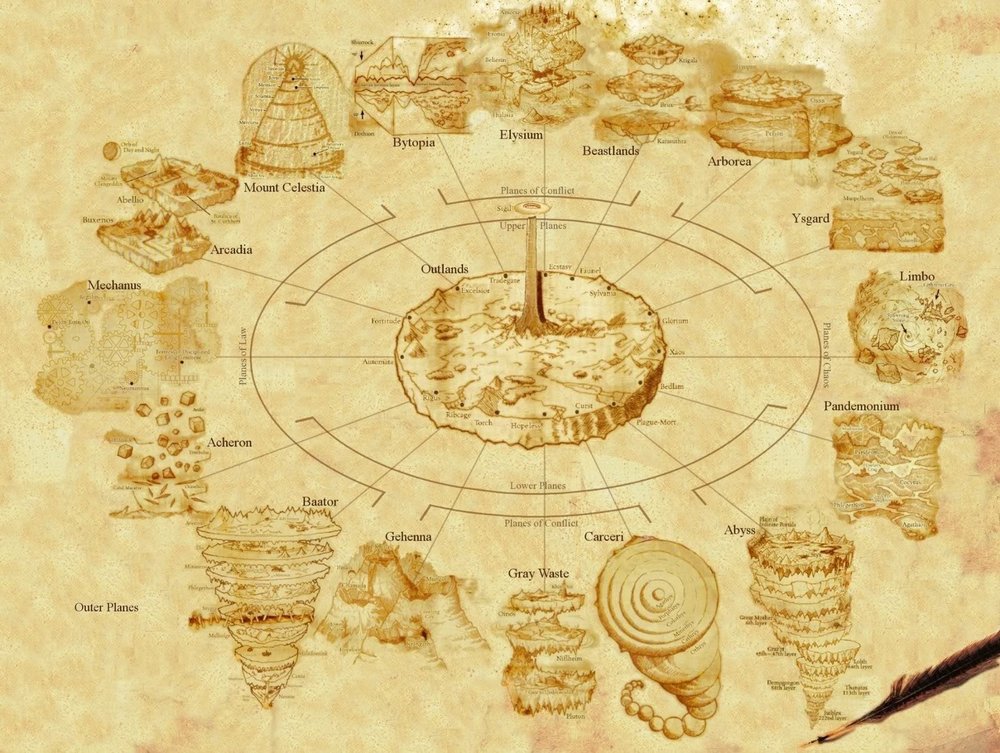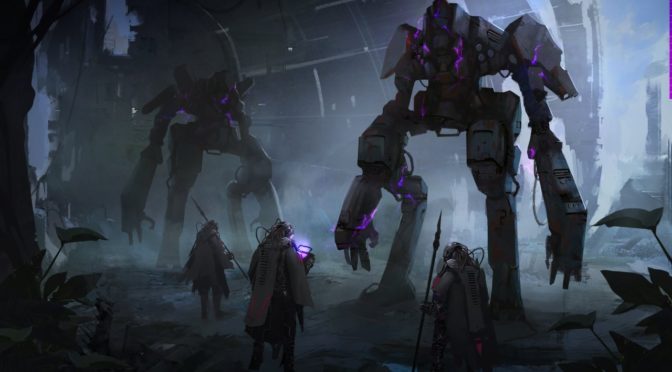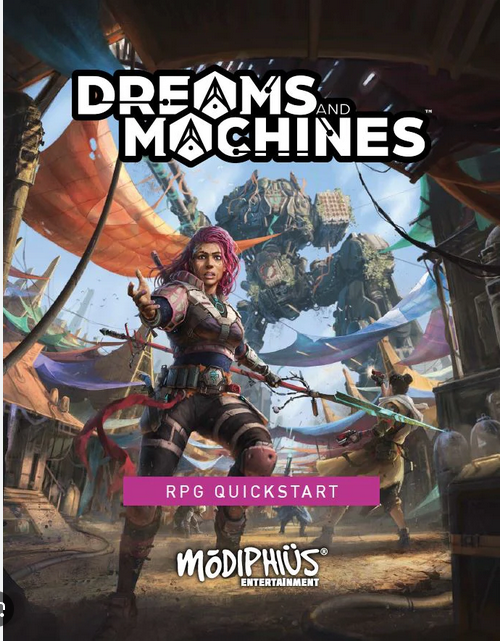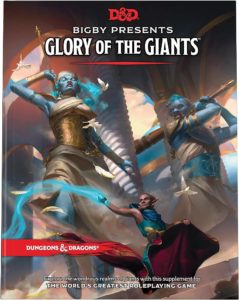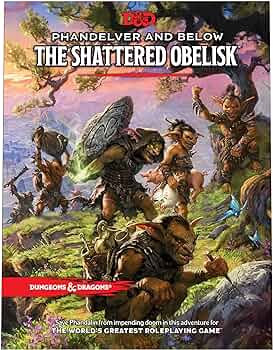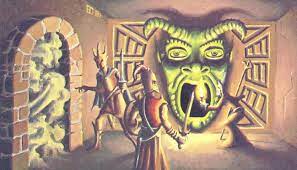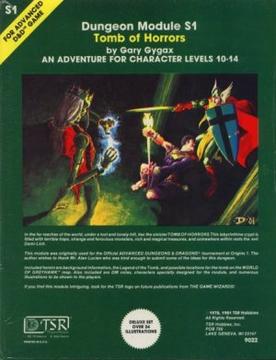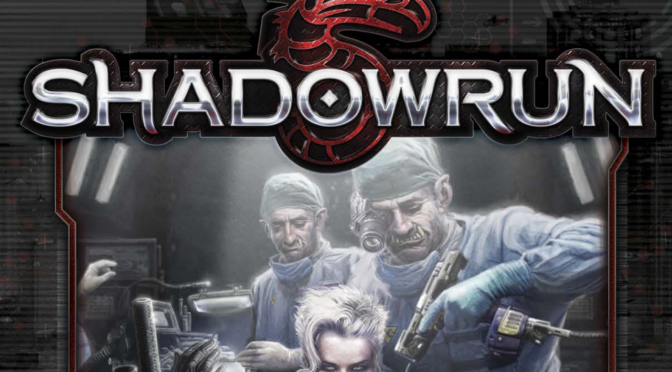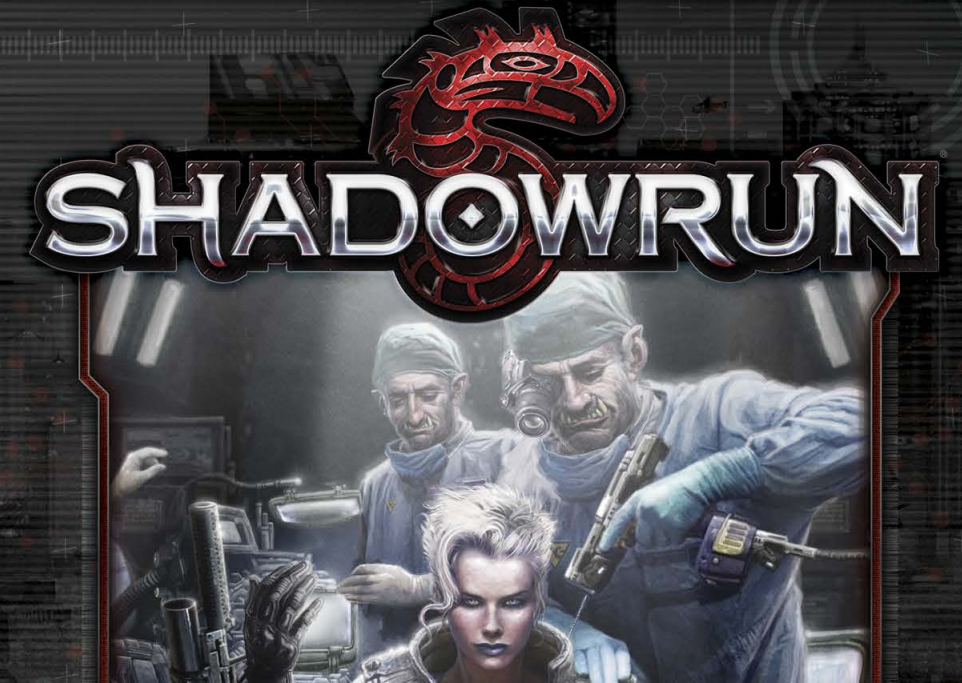Introduction
I know what you’re thinking. How have I played Dungeons and Dragons for literally over 30 years and only now be giving my Tomb of Horrors First Impression? Well, let me explain, Judgy McJudgyPants. I started playing with 2nd edition of AD&D. Sure, I bought the release of the “Rules Cyclopedia” with the Dungeons and Dragons brand on it, but I never actually played any of the original content.
So, when Wade finds out that Halliday hid the first key in the actual Tomb of Horrors from Dungeons and Dragons, I started to feel the germination of an idea in the recesses of my brain. It took another couple of chapters for that idea to fully bake and grow, but eventually I came away with what I thought might be a great idea. So, I went on a search for the module.
Surprisingly, I found it easier than expected. Seeing that Gary Gygax first wrote the module in 1975, I thought I might have to pay an exorbitant amount on eBay. Either that or pirate a PDF via one of the file sharing web pages out there. My respect for the game and Mr. Gygax is too great for the latter and my respect for myself is…hold up, let me check eBay to see what I’d have to sell my respect for…69.65? On second thought, maybe I don’t have that much respect for myself. Relax, I resisted buying it, for now. But, that’s only because I discovered that, because 5e represents a renaissance for the game, they republished the module in one of their recent collections.
Structure of the Review
I plan to split the review into three sections; right out of the box, the nitty gritty, and where next? In the first section, I plan to cover the title, setting, hook, and map layout. The second section gets into the plot, encounters, and creatures. Finally, after a discussion of loot and resolution, I intend to talk about paths forward after finishing the module.
Tomb of Horrors First Impression: Right Out of the Box
Title: At first glance, simple and effective. You know exactly what to expect from the module from that title. It follows unwritten (?) D&D convention of naming things “something” of “something else”. Hall of the Storm Giants. Shadow of the Dragon Queen. Tales of the Outer Planes. That kind of thing. Looking at a list of the modules, I guess fewer titles actually adhered to that standard. But, I’m keeping it in. In short, solid title. Rating: Good, but only because I prefer flashier titles.
Setting: As I said with the title, it tells you exactly where you will be spending your time. In a Tomb of Horrors. Expect whatever your mind’s eye conjures when you hear such a thing. Undead? Yep. Potentially deadly traps? Check. Dungeon Crawling one square at a time because the next may bring doom to your party? That’s there, too. Rating: Great, but like most Dungeons and Dragons adventures, it depends on the story telling skill of your Dungeon Master.
Hook: The edition I have (5e) gives a Legend of the Tomb, which explains all of what I talked about up above. It also tells some of the story of the final encounter including the set up that he is nigh invincible. They also write the truth behind the legend as some background information. Finally, they offer some examples of where to place the tomb depending on your campaign and a guide to run the adventure including a prologue on how to start. Rating: Good, but I like to fill in with my own story when I run these things. I like the additional information even if I don’t plan to use most of it.
Map Layout: Like the title, the map layout follows a simple yet effective dungeon design. Unlike some of the dungeons I’ve seen, it doesn’t have a ton of four way intersections or unnecessary rooms. It gives false entrances, and dead ends, though, so not everything is as it seems. But, at the heart of the layout, you get long corridors and rooms that serve a purpose. Rating: Great, but I like a simple dungeon that still brings mystery and intrigue.
Tomb of Horrors First Impression: Nitty Gritty
Plot (with synopsis): The tomb lies buried beneath a hill. It is filled with deadly traps and various monsters. It also offers great treasure to adventurers brave and witty enough to survive the traps and monsters. The dread lich Acererak guards the crypt and the treasure at the heart of the tomb. As a man, he studied ways to extend his life beyond that of even unnatural means. The lich dwelled with the horrors in the halls of the tomb under the hill. Even so, his life force began to wane, so he commanded the servants to rig the traps in the tomb. After that, he destroyed them all and went to rest so that his soul may roam the various planes without being disturbed. Rating: Great, but I’m a sucker for a good lich story. I think I first learned of the creature from the monster manual and actually played a character with a friend to the realm of Raveloft and she achieved the unlife of a lich.
Encounters: Traps galore (ceiling trap, sliding block trap, poison needle trap, covered pit trap, sphere of annihilation, spike trap, and a phasing pit) wait for unsuspecting parties to trigger them and cause a mass reroll. Keep in mind that those are just the ones I saw by scanning through the module for the word trap. The module also boasts secret doors, false entrances, a chamber with three chests to choose, hidden messages, and magical effects. If it exists within the game, Gygax found a place for it in the Tomb of Horrors. Rating: Good, but bump it up to great if you’re a trap player. I’m more of a puzzle guy and there are some puzzles, but I want all the puzzles.
Creatures: Gargoyle. Poisonous (Venomous?) snakes. Greater zombie. Vrock. Flying Swords. Ochre Jelly. Wights. Demilich. For the length of the module, surprisingly low amount of combat. But, those early Dungeons and Dragons modules relied more on the traps and puzzles to keep people interested. At least the ones that I remember kept the hack and slash to a minimum. Rating: Decent. Even as someone who appreciates the more subtle side of Dungeons and Dragons, I’d find myself looking forward to the demilich during every combat.
Tomb of Horrors First Impression: Where Next?
Loot: Alongside the loot from combat and the various chambers, the tomb boasts a hoard of gems worth hundreds of thousands of gold, four magic weapons, twelve potions, six scroll spells of 5th level or lower, a magic ring, magic rod, magic staff, and three wondrous items. Rating: Decent. Those who triumph are rewarded well. However, based on my limited reading of the module, it feels like the level of loot isn’t quite to the level of challenge. Then again, we are the snowflake trophy generation, so maybe my idea of fair is warped.
Resolution: I like that the final encounter can basically only be won (unless you come in loaded for lich) if you refrain from combat instead of going into there with all of your firepower. It puts a nice little bow on top of the module that savvy players will figure out based on the overall theme of the dungeon. Rating: Great. In a time where twists like this ruled the pages of Dungeons and Dragons, Gygax proves again that he is literally one of the two dads of D&D.
Where Next? I came up with this idea because generally when I lead a party through something as a DM, I want to have some sort of idea where they go next. Sometimes you can use it to weave something into the story as a foreshadow. Most of the time, you use the information for yourself to set things up later on down the road. However, I admit now that I painted myself into a corner. Because the adventure plays so great, how do you follow it up?
The Verdict
My Tomb of Horrors first impression is very good to great. I imagine it’s the same for many players. Otherwise, it wouldn’t have endured for so long with such a large following. Maybe one of these days I will even run the module for an actual group. They need someone to advise the Dungeons and Dragons club at my school.

